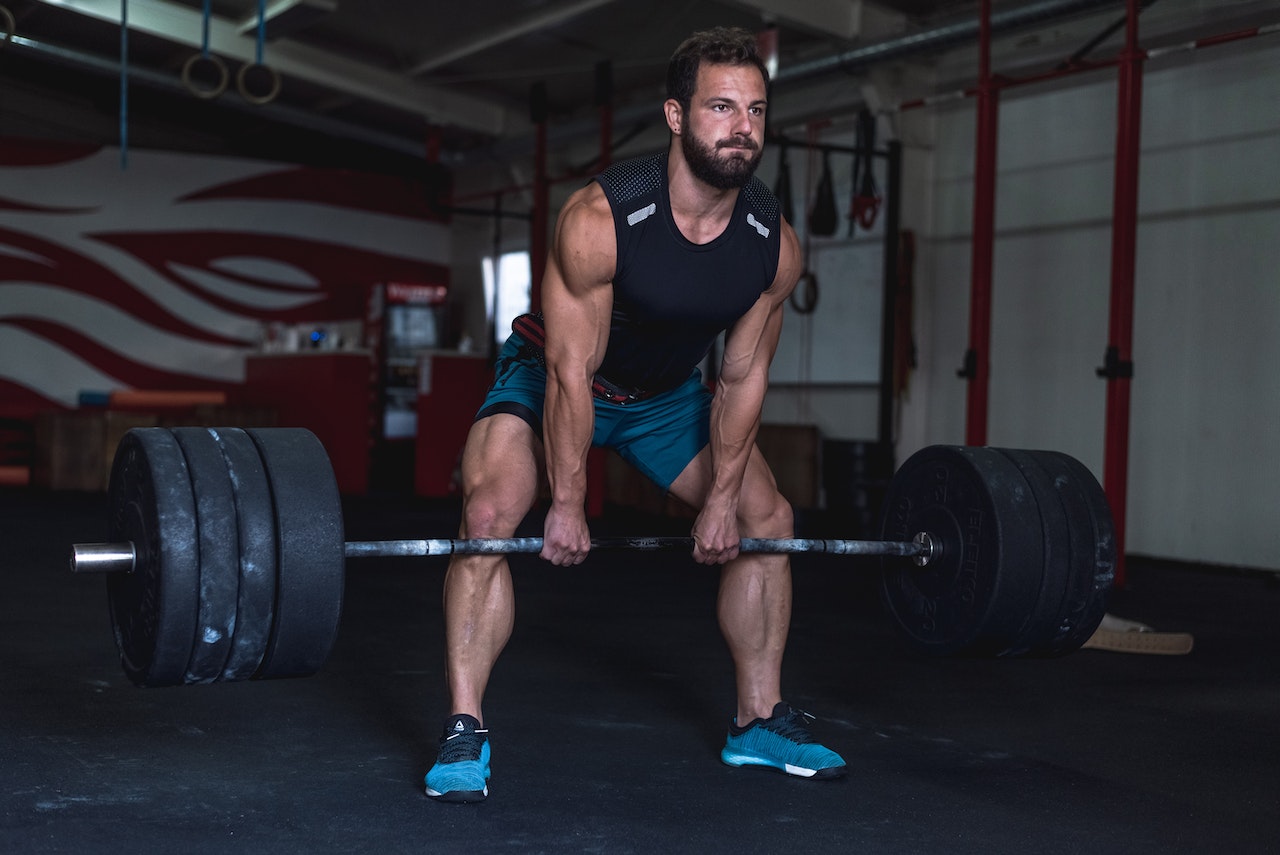
Periodization and progressive overload hold the key to reaching new heights in your fitness journey!
Today, I stand before you to shed light on a topic of great importance in the realm of weight training: periodization and progressive overload. These two concepts, intertwined and essential to one another, hold the key to achieving optimal results and reaching new heights in our fitness journeys.
Weight training is not merely about lifting heavy objects or building muscle. It is an art, a science, and a pursuit of personal growth and development. And just as any masterpiece requires careful planning and deliberate execution. So does our approach to weight training.
Periodization is the systematic organization of training variables over a specific period to maximize performance and avoid stagnation.
It involves dividing our training into distinct phases or cycles, each with its unique objectives, intensity, and volume. By strategically varying these variables, we create an environment that promotes continuous adaptation and prevents plateaus.
Why is periodization so important?
Imagine embarking on a weight training program with no plan or structure in place. You perform the same exercises, with the same weights, and the same intensity day after day, week after week. Initially, you may see progress, but eventually, your body will adapt to the routine. This leads to diminished returns and a lack of advancement.
However, by incorporating periodization, we introduce planned variations into our training. We focus on specific goals during each phase, such as strength building, hypertrophy, or muscular endurance. This targeted approach allows us to tap into different energy systems, recruit various muscle fibers, and optimize our gains across multiple aspects of fitness.
Progressive overload, the second crucial concept, complements periodization by ensuring a gradual and consistent increase in training demands.
To continue making progress, we must continually challenge our bodies by progressively increasing the intensity, volume, or complexity of our workouts. It’s the principle that drives us to lift heavier weights, perform more repetitions, or explore advanced training techniques.
By implementing progressive overload, we force our bodies to adapt and become stronger, leaner, and more resilient. The concept is simple: if we want our muscles to grow, we must consistently provide them with a stimulus that exceeds their current capacity. This constant push beyond our comfort zones triggers the adaptive response of our bodies. So it results in muscular hypertrophy and improved performance.
However, it is vital to strike a delicate balance between pushing ourselves and avoiding injury. Gradual increments in weight and intensity allow our bodies to adapt progressively while reducing the risk of overtraining or strain. A thoughtful and measured approach to progressive overload not only maximizes gains but also minimizes setbacks, ensuring a sustainable and injury-free fitness journey.
In conclusion, periodization and progressive overload form the backbone of effective weight training. They empower us to break through plateaus, prevent stagnation, and continuously evolve in our pursuit of physical excellence. By implementing these principles, we unlock the full potential of our bodies and sculpt them into the strongest, most resilient versions of ourselves.
So, let us embrace periodization and progressive overload as our guiding principles. Incorporate them into our training regimens and reap the rewards. Together, let us march forward on the path of progress, relentless in our pursuit of personal growth, and unwavering in our commitment to fitness excellence.



